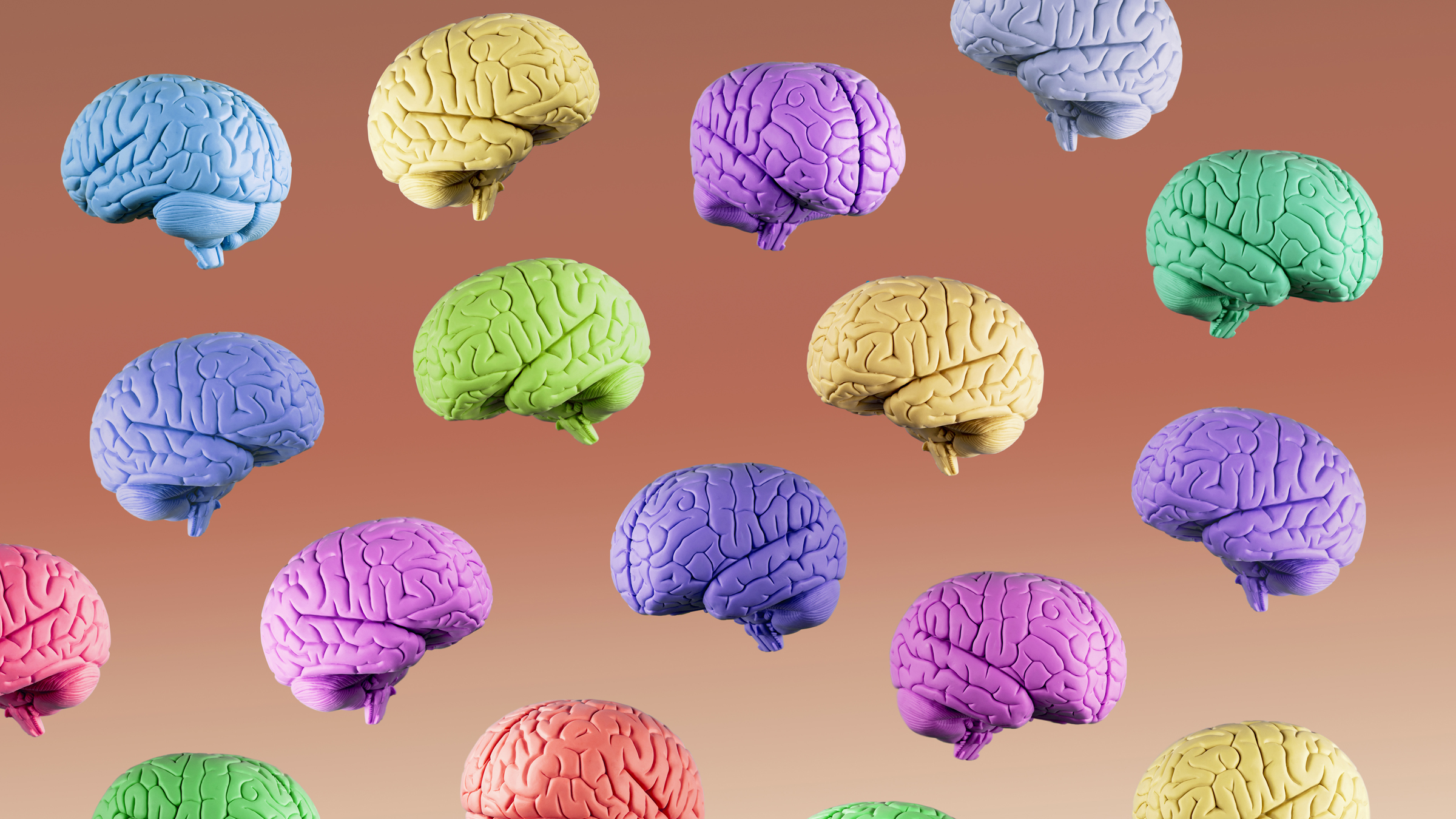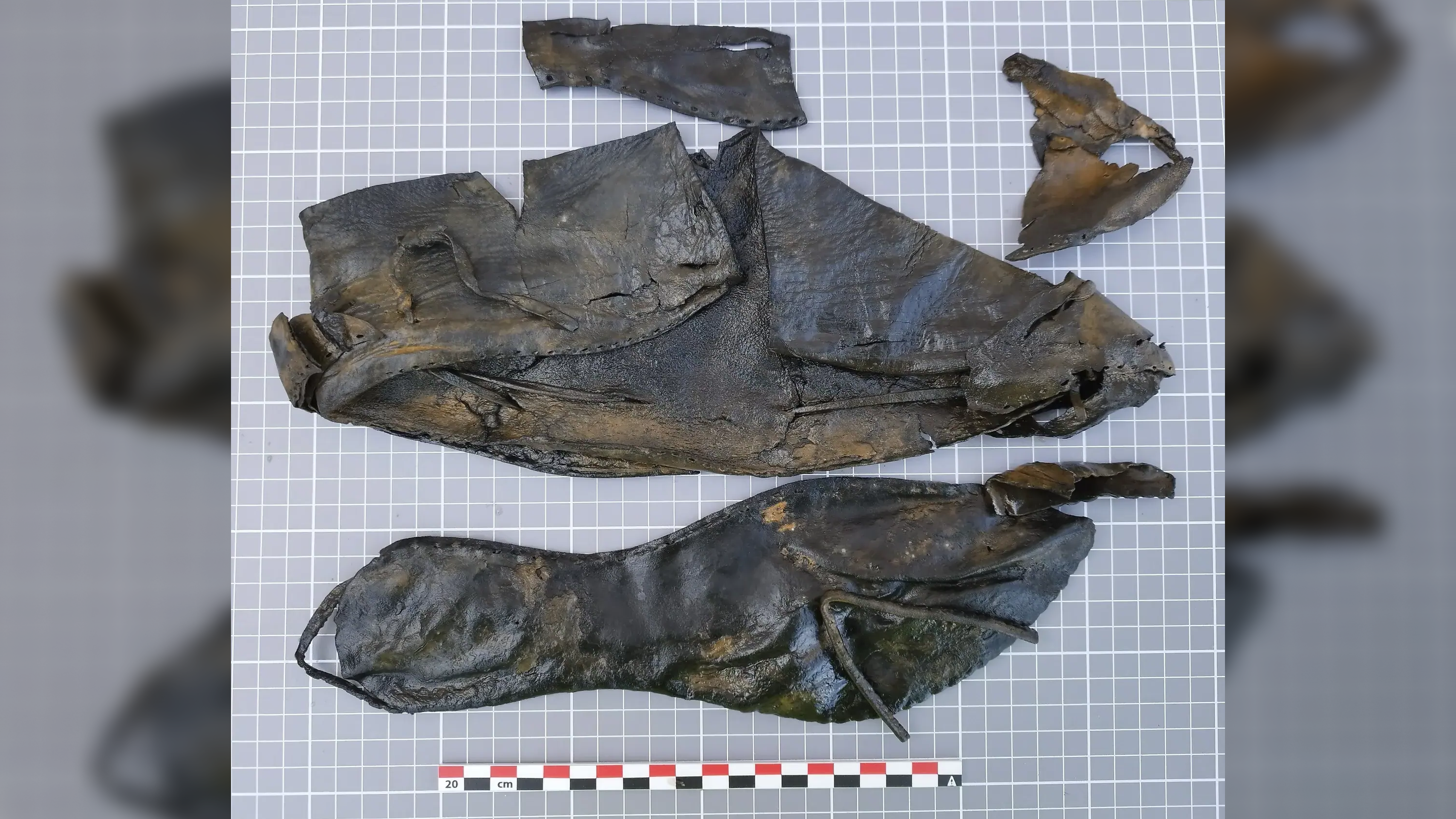The Major Discoveries That Could Transform the World in the Next Decade
Here's what scientists are really excited about.

The last decade ushered in some truly revolutionary advances in science, from the discovery of the Higgs boson to the use of CRISPR for Sci-Fi esque gene editing. But what are some of the biggest breakthroughs still to come? Live Science asked several experts in their field what discoveries, techniques and developments they're most excited to see emerge in the 2020s.
Medicine: A universal flu vaccine

The universal flu shot, which has eluded scientists for decades, may be one truly groundbreaking medical advances that could show up in the next 10 years.
"It has sort of become a joke that a universal [flu] vaccine is perennially just five to 10 years away," said Dr. Amesh Adalja, an infectious-disease specialist and senior scholar at the Johns Hopkins Center for Health Security in Baltimore.
Related: 6 Flu Vaccine Myths
But now, it appears that this "may actually be true," Adalja told Live Science. "Various approaches to universal flu vaccines are in advanced development, and promising results are starting to accrue."
In theory, a universal flu vaccine would provide long-lasting protection against the flu, and would eliminate the need to get a flu shot each year.
Some parts of the flu virus are constantly changing, while others remain mostly unchanged from year to year. All of the approaches to a universal flu vaccine target parts of the virus that are less variable.
Get the world’s most fascinating discoveries delivered straight to your inbox.
This year, the National Institute of Allergy and Infectious Diseases (NIAID) began its first-in-human trial of a universal flu vaccine. The immunization aims to induce an immune response against a less variable part of the flu virus known as the hemagglutinin (HA) "stem." This Phase 1 study will look at the safety of the experimental vaccine, as well as participants' immune responses to it. Researchers hope to report their initial results in early 2020.
Another universal-vaccine candidate, made by the Israeli company BiondVax, is currently in Phase 3 trials, which is an advanced stage of research that looks at whether the vaccine really is effective — meaning that it protects against infection from any strain of flu. That vaccine candidate contains nine different proteins from various parts of the flu virus that vary little between flu strains, according to The Scientist. The study has already enrolled more than 12,000 people, and results are expected at the end of 2020, according to the company.
Neuroscience: Bigger, better mini-brains

In the last decade, scientists have successfully grown mini-brains, known as "organoids," from human stem cells that differentiate into neurons and assemble into 3D structures. As of now, brain organoids can only be grown to resemble tiny pieces of a brain in early fetal development, according to Dr. Hongjun Song, a professor of neuroscience at the Perelman School of Medicine at the University of Pennsylvania. But that could change in the next 10 years.
"We could really model, not just cell type diversity, but the cellular architecture" of the brain, Dr. Song said. Mature neurons arrange themselves in layers, columns and intricate circuits in the brain. Currently, organoids only contain immature cells that cannot forage these complex connections, but Dr. Song said that he expects the field may overcome this challenge in the coming decade. With miniature models of the brain in hand, scientists could help deduce how neurodevelopmental disorders unfold; how neurodegenerative diseases break down brain tissue; and how different peoples' brains might react to different pharmacological treatments.
Someday (though perhaps not in 10 years), scientists may even be able to grow "functional units" of neural tissue to replace damaged areas of the brain. "What if you have a functional unit, pre-made, that you could click into the damaged brain?" Song said. Right now, the work is highly theoretical, but "I think in the next decade, we'll know" whether it could work, he added.
Climate Change: Transformed energy systems

In this decade, rising sea levels and more extreme climate events revealed just how fragile our beautiful planet is. But what does the next decade hold?
"I think we will see a breakthrough when it comes to action on climate," said Michael Mann, a distinguished professor of meteorology at Penn State University. "But we need policies that will accelerate that transition, and we need politicians who will support those policies," he told Live Science.
In the next decade, "the transformation of energy and transportation systems to renewables will be well under way, and new approaches and technologies will have been developed that allow us to get there faster," said Donald Wuebbles, a professor of atmospheric sciences at the University of Illinois at Urbana-Champaign. And, "the increasing climate-related impacts from severe weather and perhaps from sea-level rise finally get enough people's attention that we really begin to take climate change seriously."
Good thing too, because based on recent evidence, there's a scarier, more speculative, possibility: Scientists might be underestimating the effects that climate change have had on this century and beyond, Wuebbles said."We should learn much more about that over the next decade."
Related: The Reality of Climate Change: 10 Myths Busted
Particle physics: Finding the axion

In the last decade, the biggest news in the world of the very small was the discovery of the Higgs boson, the mysterious "God particle" that lends other particles their mass. The Higgs was considered the crowning jewel in the Standard Model, the reigning theory that describes the zoo of subatomic particles.
But with the Higgs discovered, many other less-famous particles began taking center stage.This decade, we have a reasonable shot at finding another of these elusive, as-yet-still hypothetical particles — the axion, said physicist Frank Wilczek, a Nobel laureate at the Massachusetts Institute of Technology. (In 1978, Wilczek first proposed the axion). The axion is not necessarily a single particle, but rather a class of particles with properties that rarely interact with ordinary matter. Axions could explain a long-standing conundrum: Why the laws of physics seem to act the same on both matter particles and their antimatter partners, even when their spatial coordinates are flipped, as Live Science previously reported.
Related: Strange Quarks and Muons, Oh My! Nature's Tiniest Particles Dissected
And axions are one of the leading candidates for dark matter, the invisible matter that holds galaxies together.
"Finding the axion would be a very great achievement in fundamental physics, especially if it happens through the most likely path, i.e., by observing a cosmic axion background which provides the 'dark matter.'" Wilczek said. "There's a fair chance that could happen in the next five to 10 years, since ambitious experimental initiatives, which could get there, are blossoming around the world. To me, weighing both the importance of discovery and likelihood of it happening, that's the best bet."
Among those initiatives is the Axion Dark Matter Experiment (ADMX) and the CERN Axion Solar Telescope, two major instruments that are hunting for these elusive particles.
That said, there are other possibilities too — we may yet detect gravitational waves, or ripples in spacetime, emanating from the earliest period in the universe, or other particles, known as weakly interacting massive particles, that could also explain dark matter, Wilczek said.
Exoplanets: An Earth-Like atmosphere

On Oct. 6, 1995, our universe got bigger, sort of, when a pair of astronomers announced the discovery of the first exoplanet to orbit a sun-like star. Called 51 Pegasi b, the orb showed a cozy orbit around its host star of just 4.2 Earth days and a mass about half that of Jupiter's. According to NASA, the discovery forever changed "the way we see the universe and our place in it." More than a decade later, astronomers have now confirmed 4,104 worlds orbiting stars outside of our solar system. That's a lot of worlds that were unknown just over a decade ago.
So, the sky's the limit for the next decade, right? According to Massachusetts Institute of Technology's Sara Seager, absolutely. "This decade will be big for astronomy and for exoplanet science with the anticipated launch of the James Webb Space Telescope [JWST]," said Seager, a planetary scientist and astrophysicist. The cosmic successor to the Hubble Space Telescope, JWST is scheduled to launch in 2021; for the first time, scientists will be able to "see" exoplanets in infrared, meaning they can spot even faint planets that orbit far off from their host star.
What's more, the telescope will open a new window into the characteristics of these alien worlds. "If the right planet exists, we will be able to detect water vapor on a small rocky planet. Water vapor is indicative of liquid water oceans — since liquid water is needed for all life as we know it, this would be a very big deal," Seager told Live Science. "That's my number one hope for a breakthrough." (The ultimate goal, of course, is to find a world that has an atmosphere similar to that of Earth's, according to NASA; in other words, a planet with conditions capable of supporting life.)
And of course, there will be some growing pains, Seager noted. "With the JWST, and the extremely large ground-based telescopes anticipated to come online, the exoplanet community is struggling to transform from individual or small team efforts to large collaborations of dozens or over one hundred people. Not huge by other standards (e.g., LIGO) but it's tough nonetheless," she said, referring to the Laser Interferometer Gravitational-Wave Observatory, a huge collaboration that involves more than 1,000 scientists across the globe.Originally published on Live Science.
- The 9 Biggest Archaeology Findings
- 24 Amazing Archaeological Discoveries
- Timeline: Earth's Precarious Future
Originally published on Live Science.

